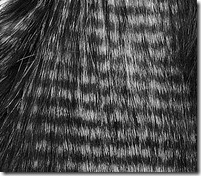The financial wunderkind of Wall Street are already lining up in anticipation of the IPO of Alibaba.com, a Chinese B2C web company that makes Amazon.com look like a neighborhood market.
… and it may seem odd to be talking high finance and initial public offerings on a fly fishing blog, but Alibaba and I are old friends, and has been the source of much of my fishing tackle, and all for pennies on the dollar.
Whether you plan on investing in the company is immaterial, what’s important is to understand how you can leverage their business model as a simple customer.
Computers were once thought to make offices paperless, electronic transactions replacing whiteout, staples, typewriters, and most interoffice correspondence. That promise has never been been realized yet the migration from paper to electronic media continues. Each step forward results in some unforeseen Target debacle that makes us all leery of anything more complex than a #2 pencil ..
The internet held similar promise diminishing the “bricks and mortar” retail presence in lieu of countless web clicks, and while its impact on physical stores has been substantial, companies with significant retail presence have augmented their square footage with websites, and leverage both mediums.
What the Internet did successfully is destroy the notion of “B2C”, business to customer relationships, as the worldwide draw of a web presence made many millions of micro-transactions hugely profitable.
Pre-Internet a company would require a minimum order of 5000 bicycles to establish an account, and only other businesses could absorb that volume, private citizens could not.
The internet has undone the notion that other businesses are necessary to broker consumer sales and manufacturers are now free to cut the middleman out of transactions to enhance profits. Alibaba is an aggregator of manufacturers within a searchable interface that allows consumers to find manufacturers willing to sell direct to them, instead of only to other businesses. Consumers benefit from wholesale pricing, manufacturers get more profit per transaction, and the jobber is reduced to making the small dollars that bulk discounts can grant – rather than making profit at the expense of both manufacturer and consumer.
As manufacturing has largely been shipped overseas, China and the Orient are now the manufacturing engine for the entire world, and Alibaba breadth of product is ample demonstration that “Made in America” has been replaced by Hong Kong, Sialkot, or Hanoi.
Many of the rods, float tubes, waders, fish hooks, and fly tying materials, that we paw through at your local shop stem from the Orient, which is why Alibaba.com is such a compelling shopping experience.
I’m not a fly shop, how can I benefit from wholesale?
As you can buy float tubes, motorcycles, or saddle hackle from Alibaba, all you need is the desire to buy a bit more than a bubble pack of something, or perhaps you wish to broker a purchase with a group of like minded fellows from your casting club.
Let’s take simple brass beads for fly tying as an example. Launch your browser at the http://alibaba.com address, and enter the search term,”fly tying beads” on the search bar at the top of their website.

Here is an example of the first vendor returned by that search, the Qingdao Leichi Industrial And Trade Co., Ltd., of Shandon, China. They sell every fly fishing item known, from fish hooks to IM6 fly rods and reels. From our perspective the most important feature is the Minimum Order required by the company, and for Tungsten or Brass socketed fly tying beads, that is 500.
In a fly shop a 25 pack of socketed brass beads is somewhere between $3 and $4. This manufacturer’s price varies weekly based on the international spot price of copper, brass, or tungsten, so a quote request (delivered typically as an Excel spreadsheet attached to an email) will only be accurate for a limited time.
The last time I purchased copper beads from this vendor they were about $4 per thousand, which is what a jobber like Spirit River pays. Most jobbers will allow the shop to double its money on the retail price, so it will sell a 25 pack to the store for $1.50 – $2.00. The jobber makes about $80 on its $4 purchase, netting them a profit of about 2000%.
… which is why both consumers and manufacturers want to reduce the middleman’s share.
Was I a fly shop owner Alibaba would be my only catalog, as I no longer need the jobber or his wares. The limitations of fly fishing’s niche customer base suddenly mitigated by my ability to get product directly from the manufacturer, thereby increasing my profits substantially.
… which has been the promise of micro-transactions and the Internet, now realized.
Because many thousands of small transactions are the same as a few large transactions, all manufacturers are moving to this B2B / B2C platform, and why Alibaba is such a hot topic among the retail brokerage houses.
Sending Money overseas, avoid Banks
Conducting business overseas has also been simplified by the Internet. There are three basic options available; your local bank, an ePayment vendor like PayPal, or Western Union.
Doing business with an entity like Qingdao Leichi Industrial And Trade Co., Ltd, will require you to exchange US dollars for Renminbi or Yuan. As the currency exchange rates also vary daily, prices quotes are usually good for a fixed amount of time. Banks like Wells Fargo or Bank of America should be avoided, as they are still stuck in archaic bank to bank exchanges and typically levy a $45 charge for brokering the transaction and money swap. Paypal (if the vendor accepts it, and many do) has a sub-$10 fee, as does Western Union, which can transfer money to Pakistan or Hong Kong faster (usually overnight) than banks (about a week), and for about a quarter of what banks charge ($10).
A Western Union account can be tied to a credit card making repeat shopping easy. You will need to call your credit card company on large transactions, and certain countries are on “watch” lists – due to fraud or hostile governments, you may need to pre-authorize the transaction to the destination country in order for it to complete its journey.
 Initiating contact is done via email with the vendor. Each company has a contact name to request price quotes and all will contact you in English.
Initiating contact is done via email with the vendor. Each company has a contact name to request price quotes and all will contact you in English.
For small items like fly tying beads or fish hooks I typically ask if I can get samples, or can I pay the shipping to receive samples.
I don’t pretend to be anything I’m not, and typically will explain what my anticipated transaction will be if satisfied with the samples. You don’t need to be a company to do business here, so tell them up front you’re looking for a buy of about 10,000 beads, 2500 each of 3mm, 4mm, and 5mm, and perhaps a couple thousand more in Tungsten.
The Perils of the Orient
Each of the vendors on Alibaba are interested in sales, not fraud, and each of them have a satisfaction and longevity rating, allowing new customers a bit of insight into their past dealings.
It’s never a sure thing, but ask yourself how many of the thousands of affiliate shops on Amazon are intent on fraud. Good ratings drive sales, and sales is the reason they are offering their services, so it’s reasonable to assume a modicum of professionalism.
Copyright laws have little bearing in China and imitation goods are rampant, so you need to be cautious about “Made in China” versus a wader that appears to be a famous US manufacturer at a fraction of the cost. Sometimes it really is the same wader, sometimes it is merely an imitation of that wader, made of very poor quality materials and leaks like a sieve.
Note the availability of the “Battenkill” reel for $35. Whether this is the same reel rebranded by Orvis, we’ll never know. Request a sample, and if it’s a good reel, order a dozen more for your casting club and use them on rods loaned to the public during free casting classes. Fly lines and rods are available for a fraction of store prices, why not equip your club with an inexpensive and serviceable set of tackle for casting practice.
A great deal of the rods and high dollar equipment we use (float tubes, reels, etc.) are made by these same manufacturers and re-labeled by American companies, so you’ll need to do extra diligence before dropping the large dollars. Ask if a vendor in the states carries the item already, perhaps you can view or inquire of that middleman for additional information. Caveat Emptor, baby.
Take this standard one man rowable boat. In the US it may go for $600 –$1600 each. This vendor lists it as $300, minimum quantity only one needed. Postage will boost its price much more, so always inquire of the shipping fees. Typically DHL is used for normal packages, and freighter is likely used for the bulky pallet sized items. Nothing of size shipped from mainland China to the US will be cheap.
Alibaba.com is also one of the best sites to bulk purchase fly tying materials. Most of the iridescent and opalescent synthetics in use today are also manufactured in the Orient, so getting a few skeins of something that sells by the yard will save you considerable money.
It’s worth a couple evenings simply browsing all the categories and viewing prices. Our colloquial terms for items may not hold in their listings, and “float tube” might be “floating boat”, but you’ll find plenty once you drill down to the proper keywords.
The only real downside is you can’t park it by the John for uninterrupted browsing, like the old Herter’s catalog ..
Technorati Tags:
alibaba.com,
fishing manufacturer,
B2b,
B2C,
fly rods,
float tubes,
target debacle,
initial public offering,
IPO,
fly tying beads,
spot price,
jobbers,
middlemen,
waders,
fly tying materials,
yuan,
renimbi
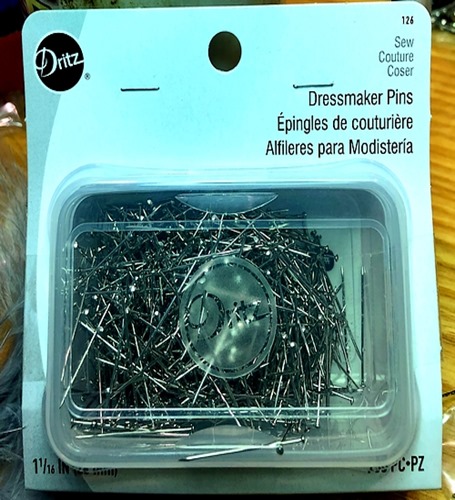
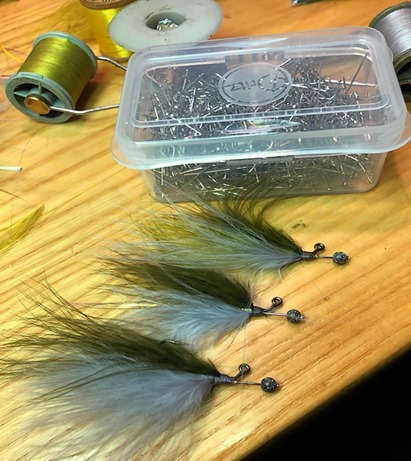

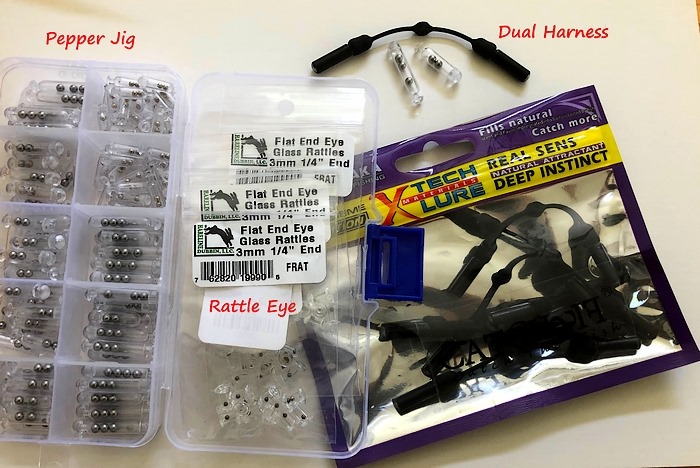
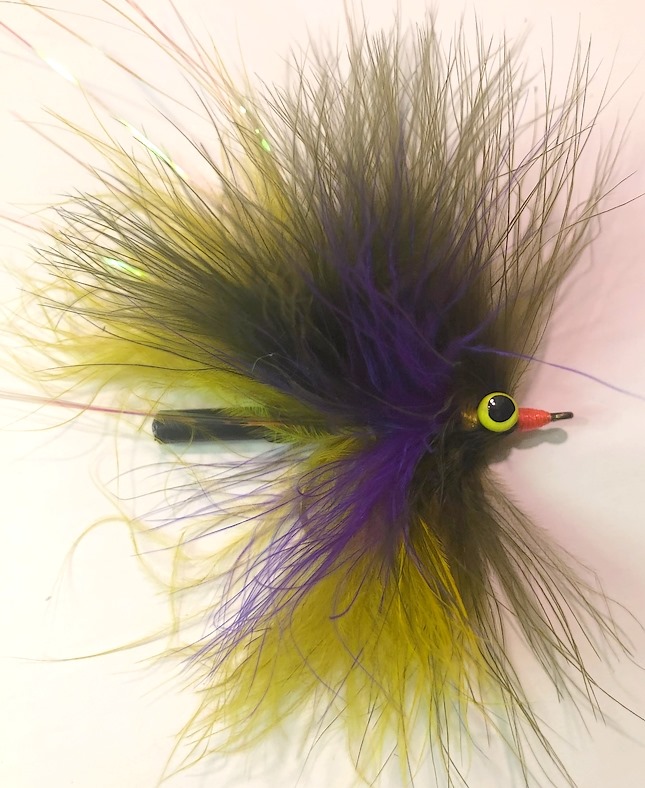
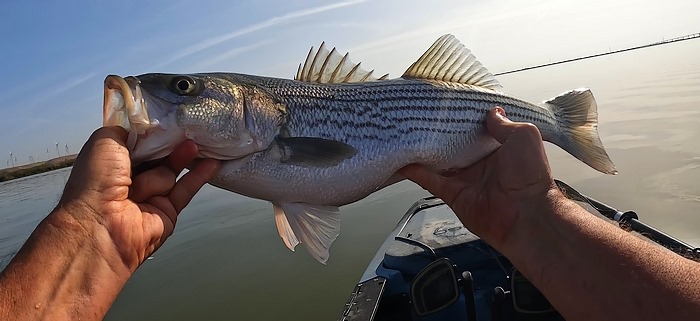
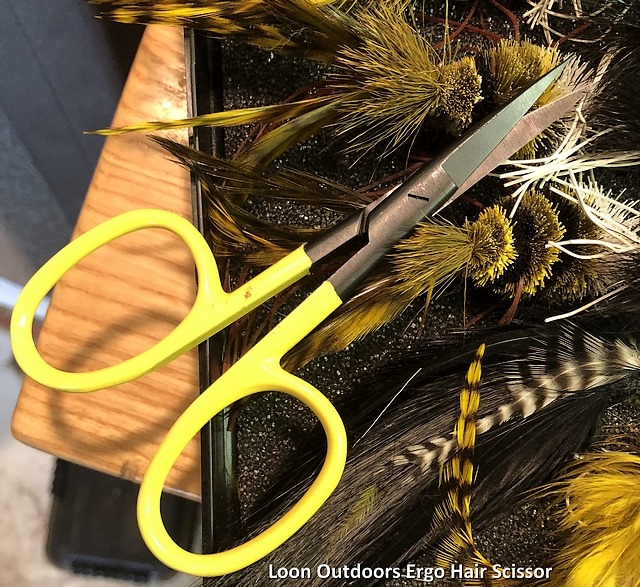
 I was shocked by the violence of the outburst. How us “fly fishing guys were NUTS”, and how the speaker – a largemouth Bass devotee – would rather submit to a colonoscopy before EVER learning to fly fish.
I was shocked by the violence of the outburst. How us “fly fishing guys were NUTS”, and how the speaker – a largemouth Bass devotee – would rather submit to a colonoscopy before EVER learning to fly fish.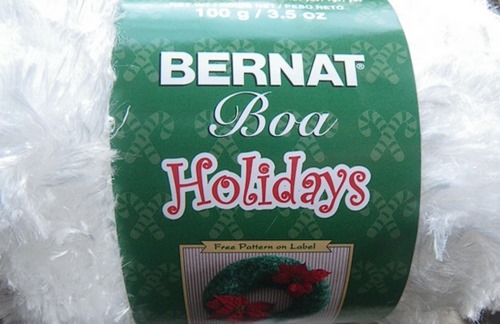
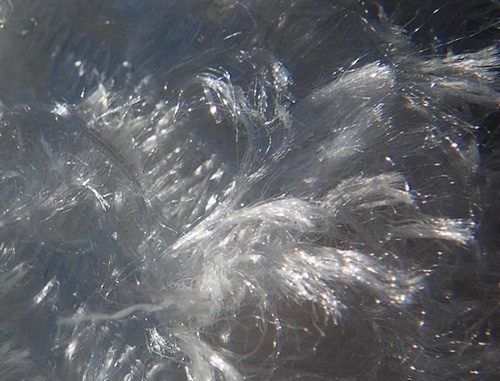
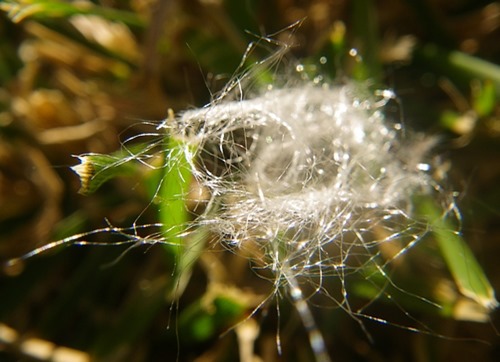
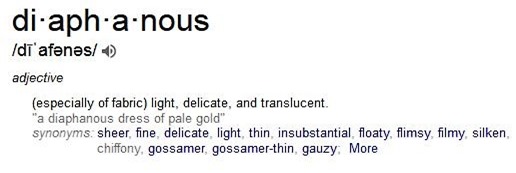
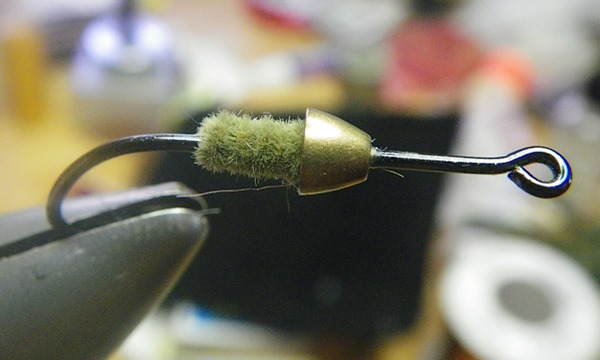
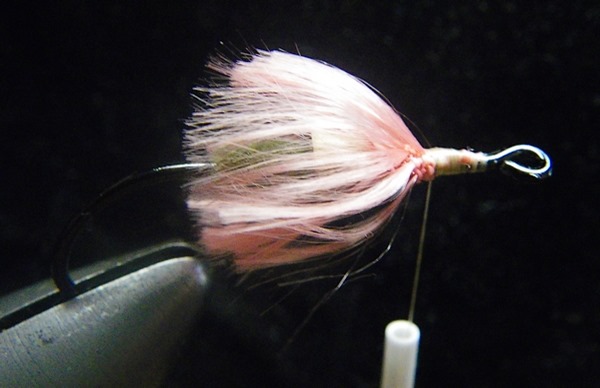
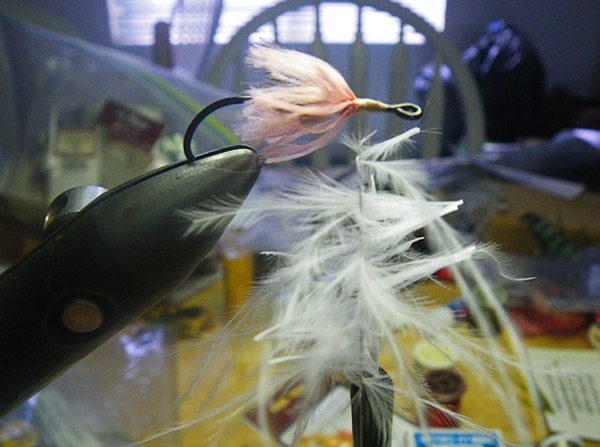
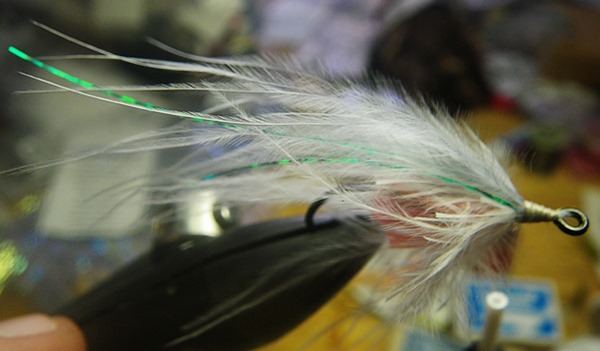
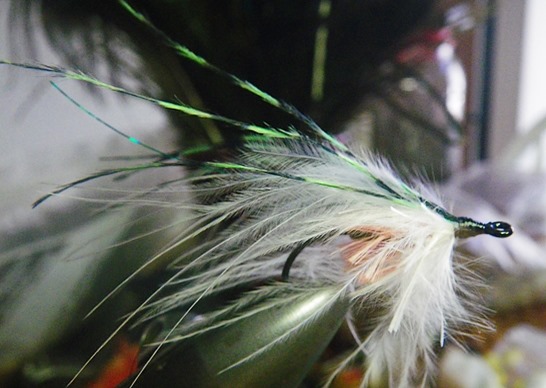
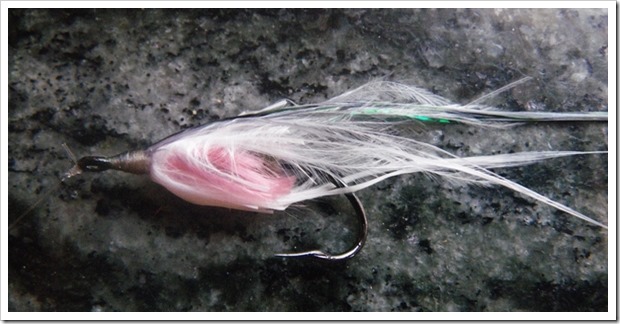
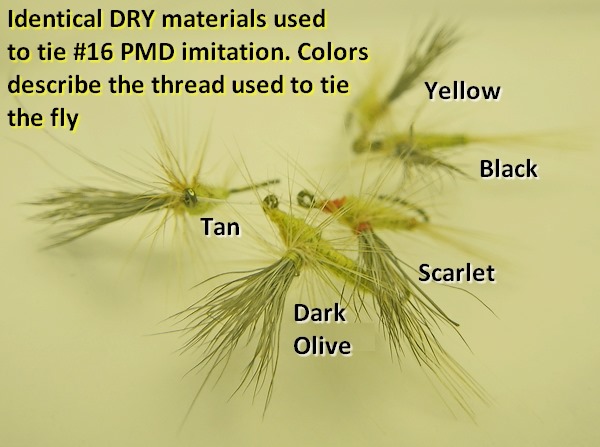
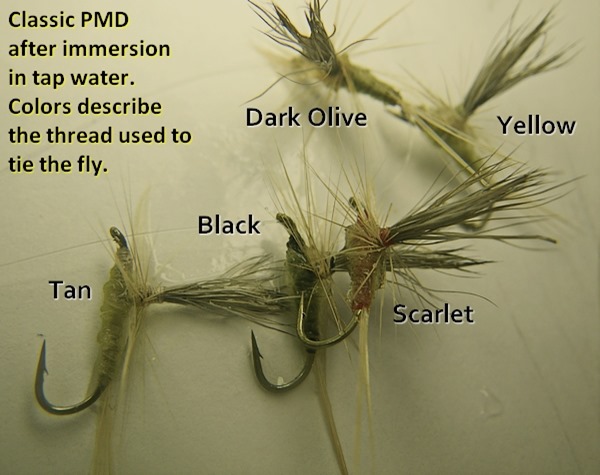

 Initiating contact is done via email with the vendor. Each company has a contact name to request price quotes and all will contact you in English.
Initiating contact is done via email with the vendor. Each company has a contact name to request price quotes and all will contact you in English.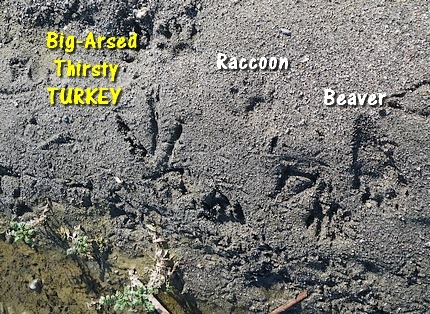
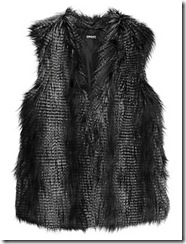 It’s plain the “Grizzly-Hackle-enmeshed-with-tousled-mane” made a lasting impression on women’s fashion, and while we’ve resented their wanton consumption, Grizzly may have become the next “
It’s plain the “Grizzly-Hackle-enmeshed-with-tousled-mane” made a lasting impression on women’s fashion, and while we’ve resented their wanton consumption, Grizzly may have become the next “